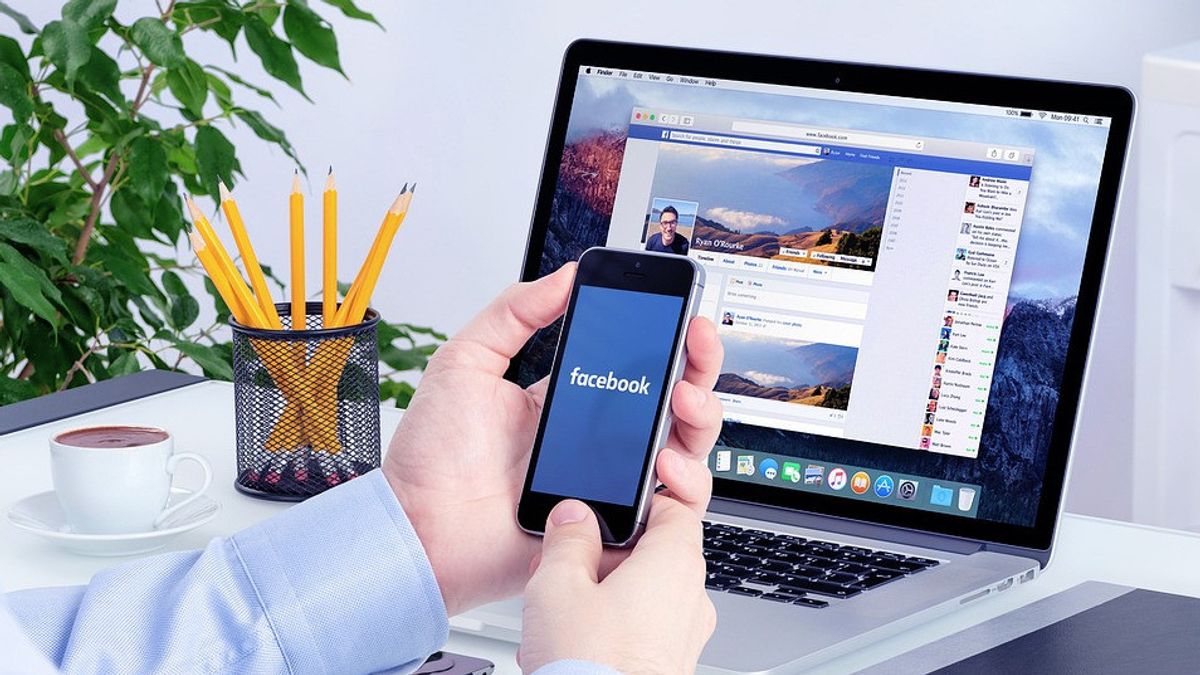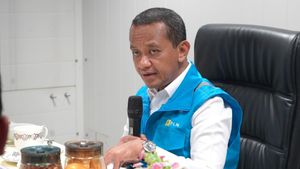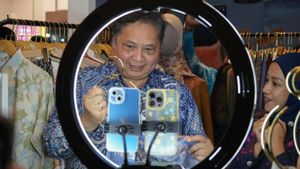JAKARTA - Meta Platforms Inc announced on Thursday 30 March that it will launch a system that has long been promised for advertisers to be able to determine where their ads are showing. This is done in response to the demands of advertisers to keep their distance from the controversial content on Facebook and Instagram.
The system offers three levels of risk that advertisers can choose for their ad placement, with the most conservative options not placing ads above or below posts containing sensitive content such as weapons images, sexual satire, and political debates.
Meta will also provide reports through advertising measurement firm Zefr, which shows the exact content that appears near their ads on Facebook and how it is categorized.
Advertisers have long demanded greater control over controls where their ads appear online, complaining that big social media companies are taking too little precautions against ads from appearing alongside hate speech, fake news, and other offensive content.
The issue peaked in July 2020, when thousands of brands joined Facebook's boycott amid anti-racism protests in the United States.
In a deal set up a few months later, the company now called Meta agreed to develop a tool to "better manage ad suitability," among other concessions.
Samantha Steamson, Meta vice president for the Client Council and Trade Relations Industry, said she hoped Meta would introduce more detailed controls over time so advertisers could define their preferences around different social issues.
Steamson also said preliminary tests showed no significant changes in performance or price for placed ads using stricter settings. He also added that those involved in the test were "surprised with pleasure."
However, he warned that price dynamics could change, given the auction nature of the Meta ad system and inventory reductions associated with any restrictions.
Reported by Reuters, the controls will be available initially in markets that speak in English and Spanish, with plans to expand them to other regions - and to the company's Reels, Stories, and video ad formats - later this year.
The English, Chinese, Japanese, Arabic, and French versions are automatically generated by the AI. So there may still be inaccuracies in translating, please always see Indonesian as our main language. (system supported by DigitalSiber.id)








